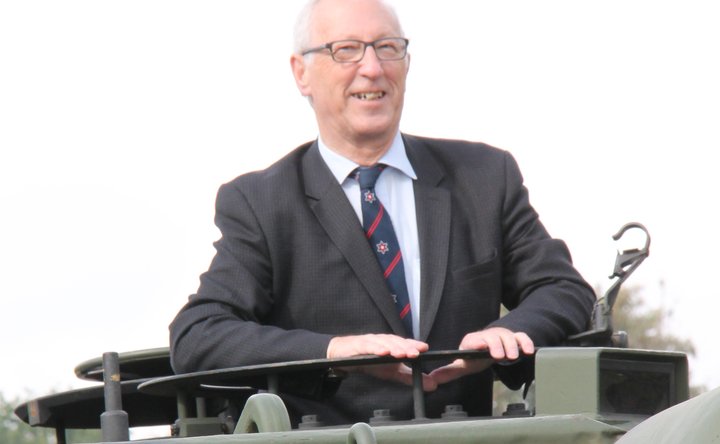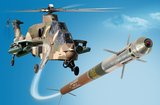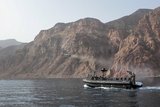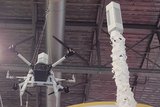Four issues the armoured vehicle industry needs to tackle
The M109A7 Paladin is the latest version of the M109 to enter service with the US Army but still retains a 155mm/39cal ordnance, giving it a short firing range by modern standards. (Photo: BAE Systems)
As budgets are set, lessons learned from real-world operations, new threats identified and technologies evolve, what are some of the most significant dilemmas to resolve and decisions to take for industry, government and militaries in the land systems domain?
What next for US Army field artillery?
The recent cancellation of the upgrade to the M109A7 Paladin self-propelled (SP) howitzer system with the 155mm/58cal XM1299 Extended Range Cannon Artillery (ERCA) due to problems with the barrel is just the latest in a long line of thwarted US efforts to enhance the firing range of the M109.
Today, all US Army M109s
Already have an account? Log in
Want to keep reading this article?
More from Eurosatory 2024 | View all news
-
![India expands ammunition production with Adani–Thales collaboration]()
India expands ammunition production with Adani–Thales collaboration
Adani Defence & Aerospace has teamed up with Thales Belgium to manufacture and assemble NATO-standard 70mm calibre ammunition, strengthening India's self-reliance in defence production.
-
![Naval artificial intelligence demonstrated in new applications in Paris]()
Naval artificial intelligence demonstrated in new applications in Paris
The prevalence of AI-enabled solutions from startups and major defence company at this year’s Eurosatory highlighted both the potential benefits and trust-related challenges associated with its adoption.
-
![Thales completes delivery of upgraded command and staff trainer to Polish Land Forces]()
Thales completes delivery of upgraded command and staff trainer to Polish Land Forces
Thales unveiled its CAST system at Eurosatory 2024 showcasing its advanced capabilities in enhancing situational awareness and decision-making skills.
-
Sogitec combines Sword, Genius and HORUS for virtual/constructive demonstrator
The French company has integrated its Genius UAS and HORUS helicopter simulators with MASA’s Sword constructive simulation as it aims to achieve operational orders by the end of 2025.
-
![Saab releases details on Sirius Compact EW sensor]()
Saab releases details on Sirius Compact EW sensor
Sirius Compact can be operated as a stand-alone unit or as part of a network with several sensors typically supporting Ground Based Air Defence with target information.
-
![Thales takes new HF communications system from ship to shore]()
Thales takes new HF communications system from ship to shore
The HF XL family was unveiled at last month’s Eurosatory 2024 with the company pushing the system’s capability of searching out unjammed channels or channels with the highest data rate available.



























